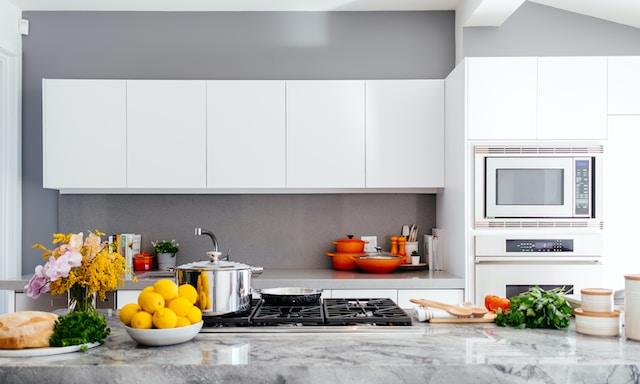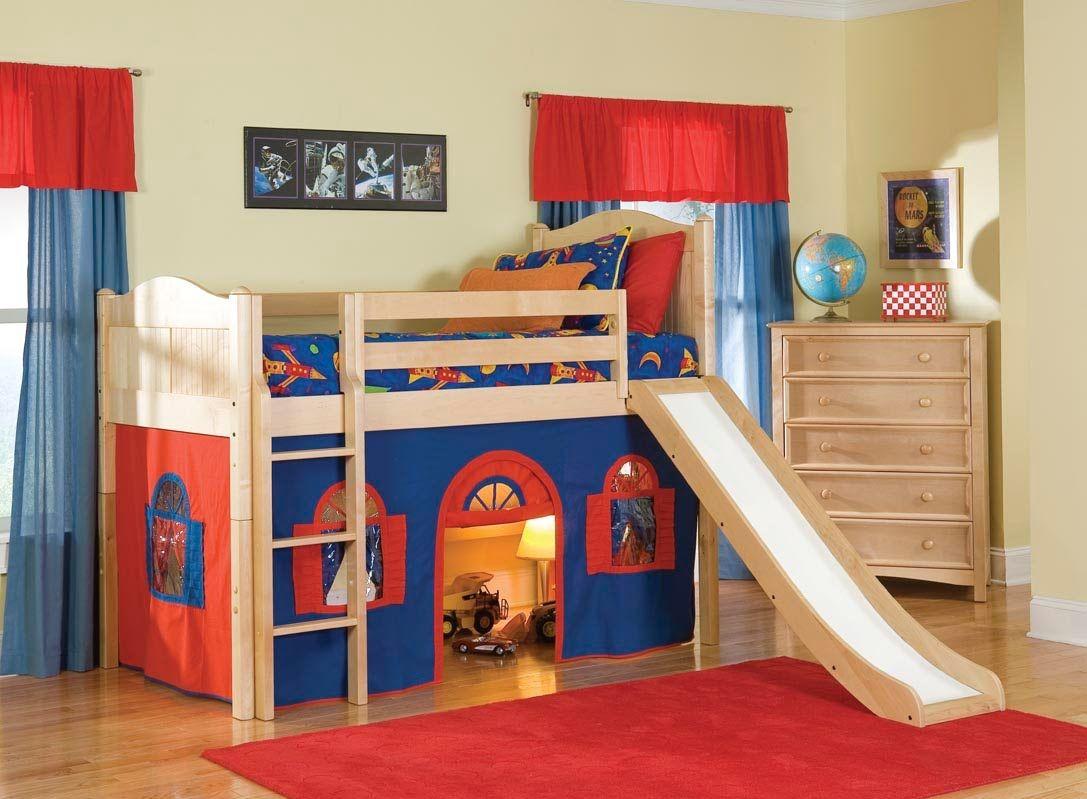Whether you spend too much time in the kitchen or not, being one of the busiest rooms in the house, the kitchen can still produce wastes and greenhouse gases that can harm the environment. So if you’re planning to renovate your kitchen, you should look into kitchen designs that can help you create an eco-friendly kitchen.
Today, various kitchen designs and practises can transform a traditional kitchen into a sustainable one.
In this article, we’ll discuss the practises that everyone should try to save our planet.
1. Use recycled and eco-friendly materials
Nowadays, you have various options when it comes to construction materials. There are recycled products and there are materials that are from renewable resources. It’s amazing how modern structures can look cool and they can also last long.
Some of the most popular yet eco-friendly materials you can use and incorporate into your new kitchen are:
- Bamboo- is a lightweight material that has been used in building houses for years.
- Stone- low-maintenance and durable material.
- Cob- cheap and energy-efficient
- Cork- mould-resistant and thermal insulator
- Straw bales- a cheap and renewable material
2. Stop using plastic
As part of the change, you can gradually reduce the use of plastics. You can start by bringing tote bags whenever you shop. Moving forward, you can refuse plastic bags when sellers pack the items you buy. When that happens, you can see the effects of this change of lifestyle, and you can continue living a sustainable life.
However, you may find it hard not to use trash bags in your kitchen, but good thing there are biodegradable trash bags that can only last up to six months. Just keep in mind that you shouldn’t stock up on them since they might deteriorate in the storage.
3. Ensure proper insulation
With proper insulation, the temperature in your kitchen can be regulated. And when a place has regulated temperature, it’ll reduce the cost of cooling or heating. However, when looking for the right materials for your kitchen insulation, you should consult the experts first since there are materials that contain harmful chemicals and adhesives.
Since you’re having a kitchen renovation, you can plan everything, so that there won’t be holes and rifts at the corners. As for the sides of doors, some options can secure that there are no openings around.
4. Use an efficient water system
Are you aware of the water system wherein the water used in washing the dishes may serve as toilet flush, rinse for the car, and irrigation for plants? This is called the greywater recycling system. It’s the use of non-potable water for other household activities.
The use of the greywater recycling system reduces the cost of sewage and water bills. In addition, the wastewater from your household is used efficiently to the last drop.
5. Invest in high-quality cookware
Having a new kitchen means you get to buy new cookware and other kitchen stuff. However, before buying anything, you should take some time to plan the things you buy. Since you’re aiming for a sustainable kitchen, invest in high-quality kitchen stuff, so you won’t have to buy them often.
Imagine the process, materials, and chemicals used in making kitchen gadgets and cookware. If people buy one in, let’s say, a decade, companies won’t have to produce too many of them. Instead, they’ll improve the quality of their products, so that the returns they’re aiming for.
6. Use eco-friendly cleaning products
Aside from saying no to plastic bags, there are other things you use in the kitchen that may be harmful to the environment. One example would be the cleaning products, which are mostly non-biodegradable and come with plastic packaging.
Since they don’t degrade easily, they usually end up in landfills and increase the harmful effects of global warming.
Fortunately, you can now look for locally made and sustainable cleaning products. They usually come in recyclable or biodegradable packaging, so there’s nothing to worry about the waste. For instance, hand soap and other soaps may come in bamboo containers.
7. Invest in energy-efficient and smart appliances
When you plan to update your kitchen designs, are you also planning to upgrade your appliances? If not, you should think again. Having a sustainable kitchen means that everything in it should be eco-friendly.
If you’re not going to replace your old appliances with energy-efficient ones, the renovation will be pointless. But if you’re worried about the cost, you can replace them one after the other so that you won’t have to use all your money in one go.
8. Try investing in solar panels
Investing in solar panels is another way to reduce the cost of your monthly electric bill, and you can also make use of solar energy. Since the world is becoming hotter, you should take advantage of it while helping to restore the environment.
Of course, there’s no doubt that solar panels are expensive at first. However, once your electric bill becomes lower, you’ll appreciate this investment.
We hope this article helps you plan the things you need to come up with a sustainable kitchen. If you have more tips to keep an eco-friendly kitchen and home, don’t hesitate to leave a comment below!
ABOUT THE AUTHOR
Aliana Baraquio is a web content writer working for Waratah Kitchens, a family-owned company that specialises in the design, supply, and installation of custom kitchens in Sydney since 1994. As a writer, she is passionate about providing good quality articles that will help readers in making the right choice.
















